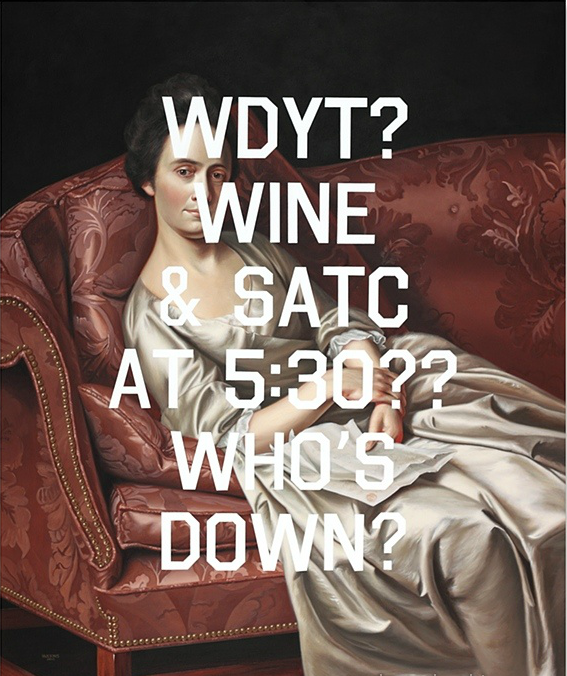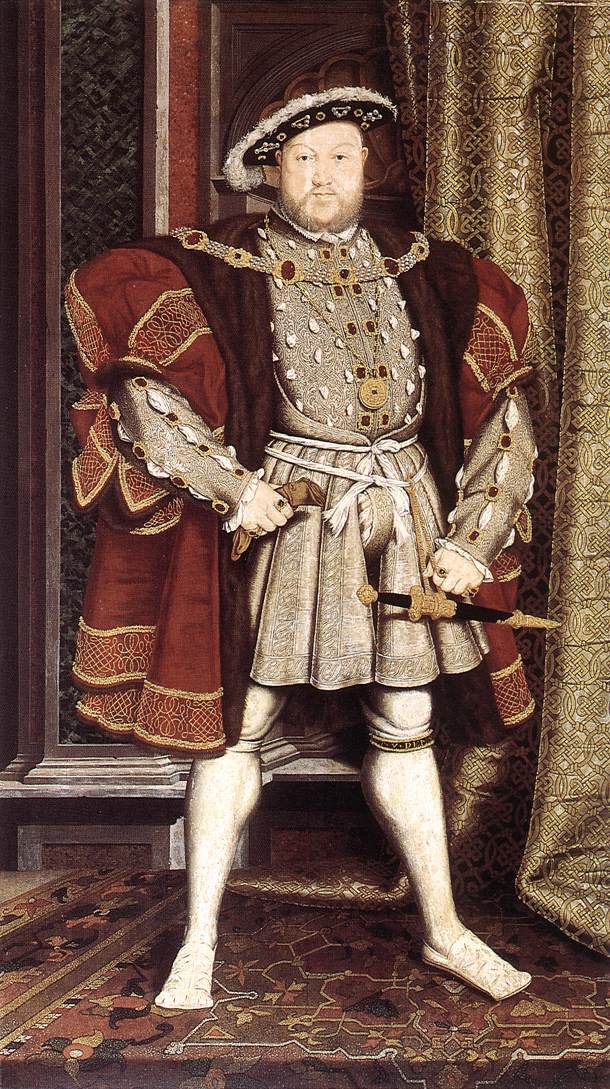 hydeordie: Shawn Huckins Portrait of A Lady, Saturday Night, (What Do You Think? Wine And Sex And The City At 5:30? Who’s Down?) 2012. Via.
hydeordie: Shawn Huckins Portrait of A Lady, Saturday Night, (What Do You Think? Wine And Sex And The City At 5:30? Who’s Down?) 2012. Via.
 (best viewed large)
(best viewed large)
The Raft of the Medusa (Le Radeau de la Méduse) is an early 19th century oil by French Romantic painter Théodore Géricault (1791–1824), and an icon of French Romanticism. At a whopping 5 x 7 metres, it shows the horrifying aftermath of the wreck of the French naval frigate Méduse, which ran aground off the coast of Mauritania on July 5, 1816.
At least 147 people were set adrift on a hurriedly constructed raft; all but 15 died in the 13 days before their rescue, and those who survived endured starvation, dehydration, cannibalism and madness. The event became an international scandal, in part because its cause was widely attributed to the incompetence of the French captain perceived to be acting under the authority of the recently restored French monarchy.
In choosing the tragedy as subject matter for his first major work, Géricault consciously selected a well-known incident that would generate great public interest and help launch his career (something modern artists aren't exactly strangers to - a bit like painting the Twin Towers today). The event fascinated the young artist, and before he began work on the final painting, he undertook extensive research and produced many preparatory sketches. He interviewed two of the survivors, and constructed a detailed scale model of the raft.
His efforts took him to morgues and hospitals where he could view, first-hand, the colour and texture of the flesh of the dying and dead. As the artist had anticipated, the painting proved highly controversial at its first appearance in the 1819 Paris Salon, attracting passionate praise and condemnation in equal measure. However, it established his international reputation, and today is widely seen as seminal in the early history of the Romantic movement in French painting.
 A Commander being armed for Battle, by Sir Peter Paul Rubens (1577- 1640), painted in 1613 or 1614. Look at: the commander's implacable moral determination, facial expressions and the handling of the light. The contrast between the youths and the man. The general texture of it all.
A Commander being armed for Battle, by Sir Peter Paul Rubens (1577- 1640), painted in 1613 or 1614. Look at: the commander's implacable moral determination, facial expressions and the handling of the light. The contrast between the youths and the man. The general texture of it all.
Apparently the beardy man is Emperor Charles V, eldest son of Philip the Handsome and Joanna the Mad. Though always at war, Charles was essentially a lover of peace, and all his wars were virtually defensive. He was ruler of the Holy Roman Empire from 1519 and, as Carlos I of Spain, of the Spanish Empire from 1516 until his abdication in 1556.
"Not greedy of territory," wrote Marcantonio Contarini in 1536, "but most greedy of peace and quiet."


